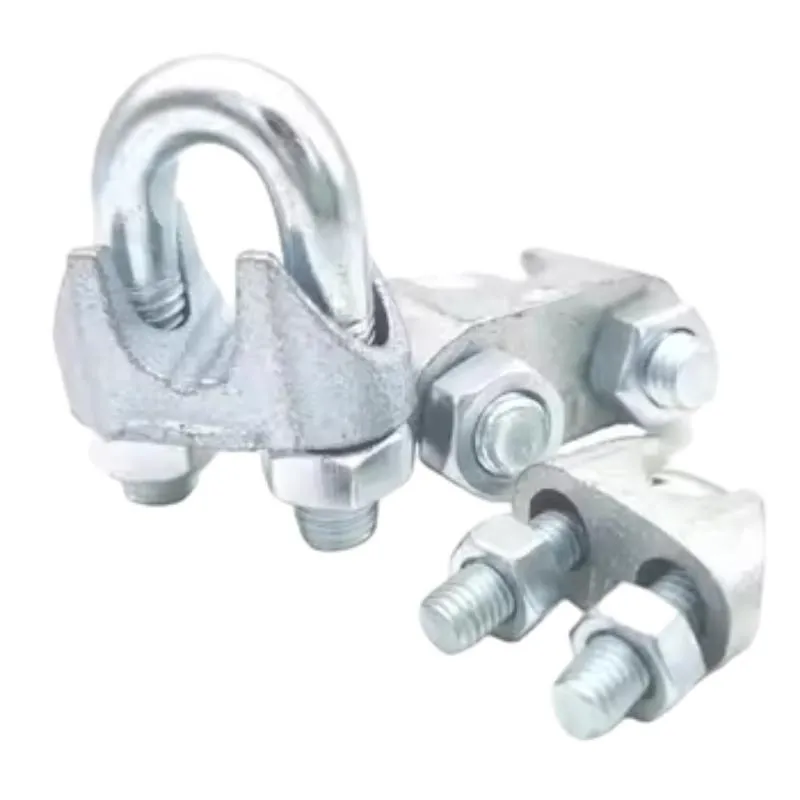nov. . 20, 2024 15:25 Back to list
full threaded rod sizes
Understanding Full Threaded Rod Sizes A Comprehensive Guide
When it comes to construction, manufacturing, and various DIY projects, threaded rods are indispensable tools. Among them, full threaded rods play a vital role due to their versatility and usability in a range of applications. Understanding the sizes of full threaded rods is crucial for anyone looking to successfully implement them in their work. This article provides an in-depth overview of full threaded rod sizes, including their dimensions, grades, and applications.
What is a Full Threaded Rod?
A full threaded rod is a long, cylindrical metal rod that is uniformly threaded from end to end. This allows for easy attachment to nuts and other hardware, making it an ideal choice for fastening components together. Full threaded rods can be made from various materials, including stainless steel, carbon steel, and alloy steel, each of which has different strength and corrosion-resistance properties.
Thread Sizes and Designations
The size of a full threaded rod is typically designated by its diameter and the thread pitch, which is the distance between threads. Common sizes in the imperial system include
- 1/4 inch - 3/8 inch - 1/2 inch - 5/8 inch - 3/4 inch - 1 inch
In the metric system, sizes like M6, M8, M10, M12, M16, and M20 are widely used. The choice between imperial and metric units often depends on the regional standards and specific project requirements.
Thread Pitch
In addition to diameter, the thread pitch is a critical factor in selecting the appropriate full threaded rod. The pitch determines how fine or coarse the threads are. Coarse thread rods typically provide higher tension and are best for applications where quick engagement is necessary. For instance, a 3/8-16 threaded rod has a coarse pitch with 16 threads per inch, while a 3/8-24 has a fine pitch with 24 threads per inch.
Length Options
full threaded rod sizes

Full threaded rods come in various lengths ranging from a few inches to several feet. Common lengths include 3, 6, 12, 24, and even 36 inches. It is important to choose the right length based on the specific application and the materials being fastened together. Additionally, most hardware suppliers offer the option to custom cut threaded rods to suit unique project needs.
Material Grades
The strength and durability of full threaded rods can vary significantly depending on the material used. Common grades include
- Grade 2 Low carbon steel, suitable for low-strength applications. - Grade 5 Medium strength, often used in automotive applications. - Grade 8 High strength, used in heavy machinery and structural applications. - Stainless Steel Corrosion-resistant, ideal for outdoor or moist environments.
Choosing the right grade is essential to ensuring that the threaded rod can handle the stresses it will encounter.
Applications of Full Threaded Rods
Full threaded rods are used in various sectors, including construction, automotive, and furniture making. Some common applications include
- Structural Assemblies Full threaded rods are a staple in connecting beams and columns in construction projects. - Machinery Used to connect components securely in industrial machines. - Furniture Commonly found in bed frames and cabinets where strong, secure connections are needed. - Clamping and Holding Applications Used in clamps to hold materials together during machining or assembly operations.
Conclusion
Understanding the sizes and specifications of full threaded rods is crucial for anyone engaged in construction, manufacturing, or DIY projects. By knowing the various diameters, thread pitches, lengths, and grades available, users can make informed decisions that enhance the integrity and success of their projects. Always ensure to choose the right rod for your specific needs, considering both the application and the environment, to achieve optimal results. With this knowledge in hand, you can confidently tackle any project involving full threaded rods.
-
The Ubiquitous Reach of DIN934 in Application Realms
NewsMay.16,2025
-
Exploring Different Bolt Types
NewsMay.16,2025
-
Cracking the Code of Sleeve Anchor Mastery
NewsMay.16,2025
-
Clamp Design Principles,Types and Innovations
NewsMay.16,2025
-
Artistry Inspired by the Humble Anchor Bolt
NewsMay.16,2025
-
A Deep Dive into Screw Types
NewsMay.16,2025


